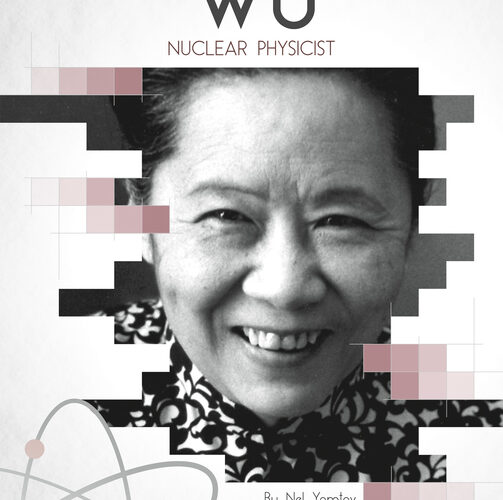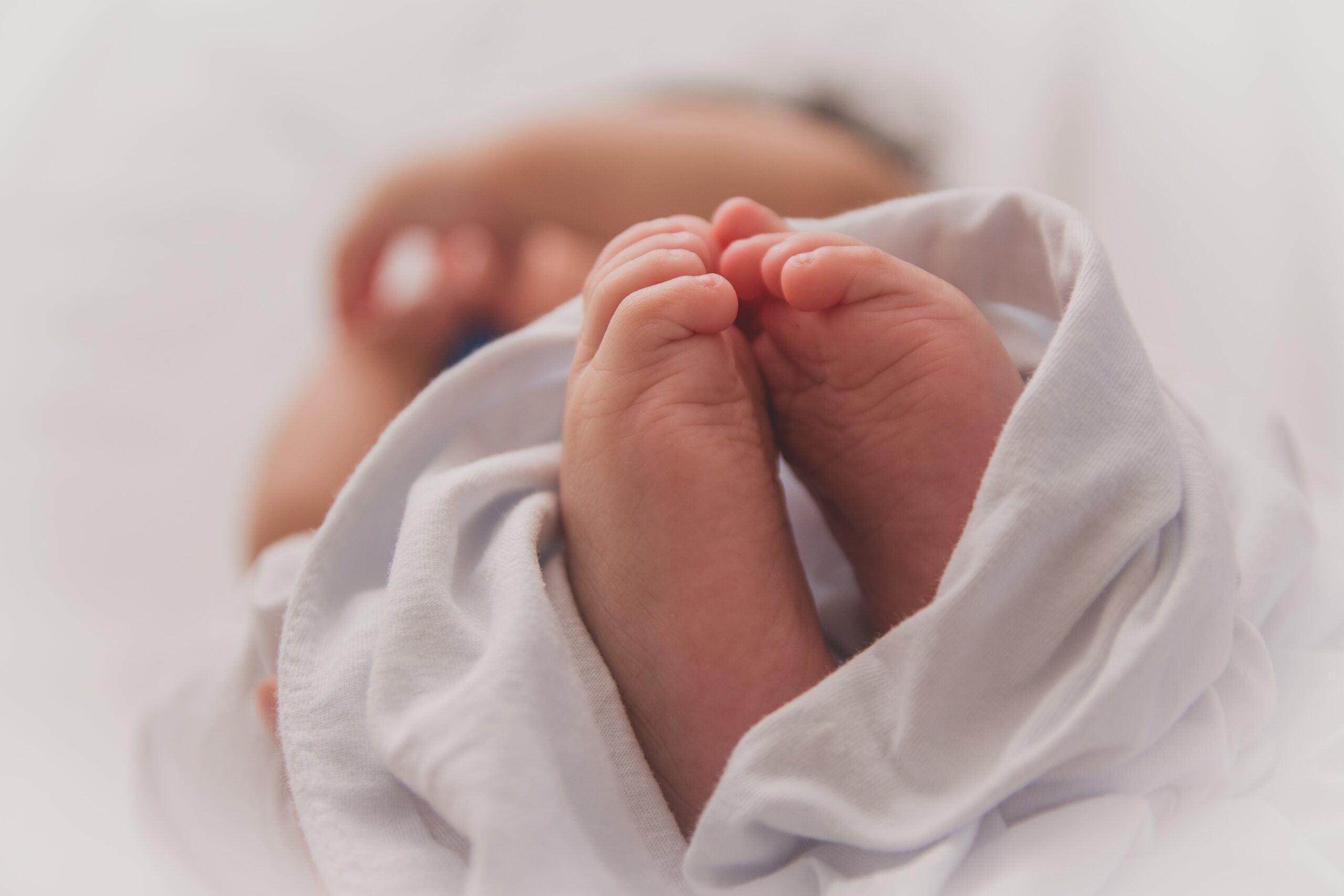There aren’t many universal household names amongst the storied history of physicists since the early 20th century. Stephen Hawking distilled his ideas into A Brief History of Time, Albert Einstein cemented his role in history with his theory of relativity, and Guglielmo Marconi pioneered the means by which radio transmissions were transmitted. J. Robert Oppenheimer and Enrico Fermi were two nuclear physicists who worked on the groundbreaking Manhattan Project which produced the first nuclear weapons.
One name that’s conspicuously absent when discussing landmark physicists is Chien-Shiung Wu, even though she worked in consort with Oppenheimer and Fermi. Dr. Chien-Shiung Wu was a Chinese-American nuclear physicist who played an integral part in the research that took place to make the Manhattan Project possible. She worked on a process that allowed for the splitting of uranium into radioactive isotopes uranium-235 and uranium-238, a key part of what made atomic bombs possible. Looking at historical renderings of the project, one would hardly see her impact today, as nearly all photos documenting this research centered on her white, male colleagues. Throughout history, Dr. Wu’s influence on modern physics, history, and her advocacy work has gone largely unnoticed. In large part, this can be attributed to discrimination against women in science as well as Asian-Americans at the time. Despite being continuously ignored by historians for decades, Wu’s influence is still felt by aspiring Chinese-American female scientists today and continues inspiring the next generation of innovators.
Chien-Shiung Wu was born on May 31, 1912 in Liuhe, a town in the Jiangsu province of China. Wu was close with her parents, who both served as role models for her future career. Her mother was a teacher and her father was an engineer. From a young age, she watched her father fight for female educational equality as a prominent activist in the 1911 Xinhai Revolution. Her father, Zhongyi Wu, led the founding of the region’s first school for girls, the Mingde School for Girls. As a curious and precocious child, Wu quickly took to physics, with her father reportedly teaching her to read using scientific research articles. She took full advantage of her opportunity at an education, and enrolled in her father’s school.
Even as a child, it was clear that Wu was extraordinarily intelligent and motivated to learn. At the age of 10, Wu was admitted to Suzhou Girls’ School out of thousands of applicants. Suzhou Girls’ School was a boarding school nearly 50 miles away from her home. Despite moving away from home at such a young age, she graduated at the top of her class, discovering a love for the physical sciences during her time there.
Wu would take that passion with her to her studies at the prestigious National Central University (now Nanjing University), becoming one of the top students there as well. While she began her studies at NCU in mathematics, she would later transfer to physics. After graduating, she would work in the lab of Dr. Gu Jing-Wei, a prominent female scientist who had notably traveled abroad to get her PhD from the University of Michigan. Wu herself would then go on to travel to the United States to pursue her graduate studies. Despite originally traveling to study at the University of Michigan, she would later decide to conduct her studies at the prestigious Radiation Laboratory at the University of California – Berkeley.
At Berkeley, Wu worked under Ernest O. Lawrence, a Nobel Prize winning physicist who invented the cyclotron. She worked closely with physicist Emilio Segrè on experiments related to beta decay, a form of radioactive decay. Segrè would come to describe Wu as “the most talented female experimental physicist” he had ever known. Wu received her PhD in 1940 based on her work in beta decay, a research topic she would soon become a global leader in. She would remain at Berkeley’s Radiation Laboratory as a post-doctoral research fellow before moving to teach at Smith College and later at Princeton University – where she would become Princeton’s first female faculty member.
Throughout her time in the United States, Wu lived with the backdrop of rising tensions between China and Japan, with Japan’s invasion of China in the late 1930’s. By December of 1941, the United States had joined World War II, where Wu would become part of the Manhattan Project. In 1944, Wu would join dozens of world renowned scientists at Columbia University, embarking on a journey to create the world’s first atomic bomb. Her contributions involved isolating a radioactive isotope of Uranium, as well as improving upon the Greiger counter (a device used for measuring radioactivity). While later stating she was at least in part motivated by her desire to protect her family in China, she chose to distance herself from the Manhattan Project, instead advocating for peace between nations for the rest of her life after seeing the effects of nuclear weaponry.
Wu would go on to continue her work at Columbia University after the war. She would mostly focus on studying beta decay, which involves the loss of electrons from the nuclei of an atom in order to stabilize the atom’s nucleus. One of her most famous works would go on to be coined the Wu Experiment, and for it she was awarded the Wolf Prize in Physics in 1978. In her experiment, Wu examined the radioactive decay of cobalt-60. At the time, many believed that beta decay released energy in a symmetric way fulfilling a property known as parity. Wu made the discovery that this is untrue for the beta-decay of cobalt-60. Notably, she was snubbed from receiving the Nobel Prize in Physics in 1957 for the Wu experiment. The prize instead went to her male colleagues Tsung-Dao Lee and Chen-Ning Yang. Despite this, she continued to serve as a leader in her field for the rest of her life, as well as serving as an ardent human rights advocate for people in China.
Throughout her life, Wu faced hardships and discrimination as a result of her intersectional background as a woman as well as a Chinese immigrant. Especially during the World War II era, where anti-Asian sentiment was high in the United States, Wu faced a lack of recognition and respect for her work. Even today, she still is left out of the conversation for many of her life accomplishments, despite being a prominent leader of the scientific field of nuclear physics.
During her time in America, she often expressed her surprise at the sexism she faced in her career, often in opposition to the freedom she felt as a woman pursuing education in her early life in China. She once said, “in China there are many, many women in physics. There is a misconception in America that women scientists are all dowdy spinsters. This is the fault of men. In Chinese society, a woman is valued for what she is, and men encourage her to accomplishments, yet she remains eternally feminine.”
Even through the numerous hardships she faced as a result of her identity – being passed up for faculty positions, pay raises, or even a Nobel Prize as a result – Wu held firm to her passions. Her legacy paves the path for the Chinese-American female scientists of the future. As one student in the MIT Department of Aeronautics and Astronautics puts it, “I wish more people knew about her story. She really is a trailblazer in diversifying scientific fields today.” As science continues to expand and become more inclusive to people of all backgrounds, we will continue to look back on Dr. Chien-Shiung Wu as a leading figure in history for Asian American women.



